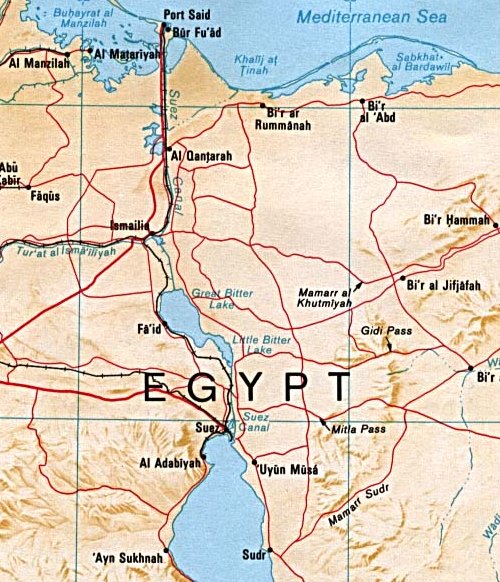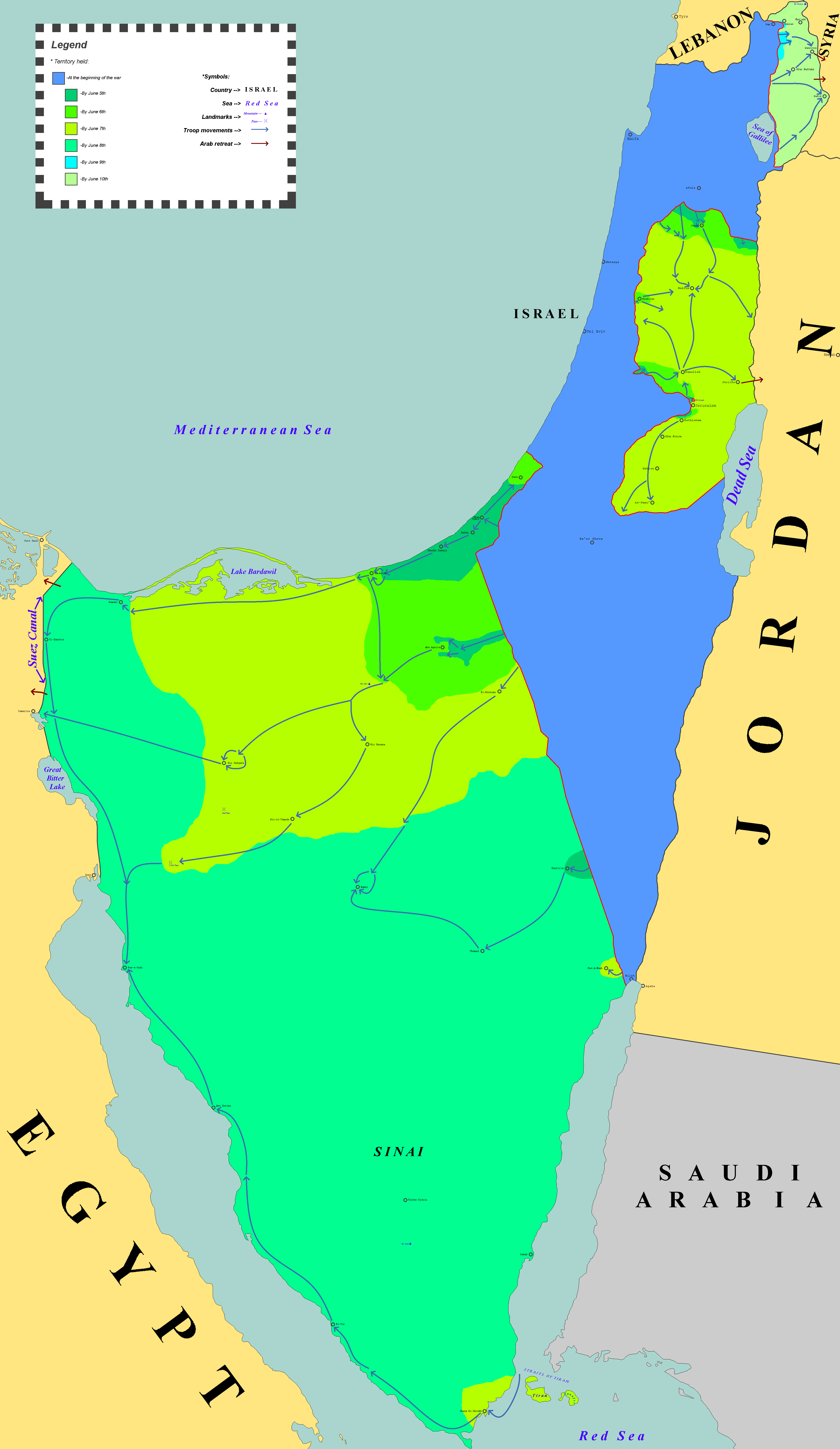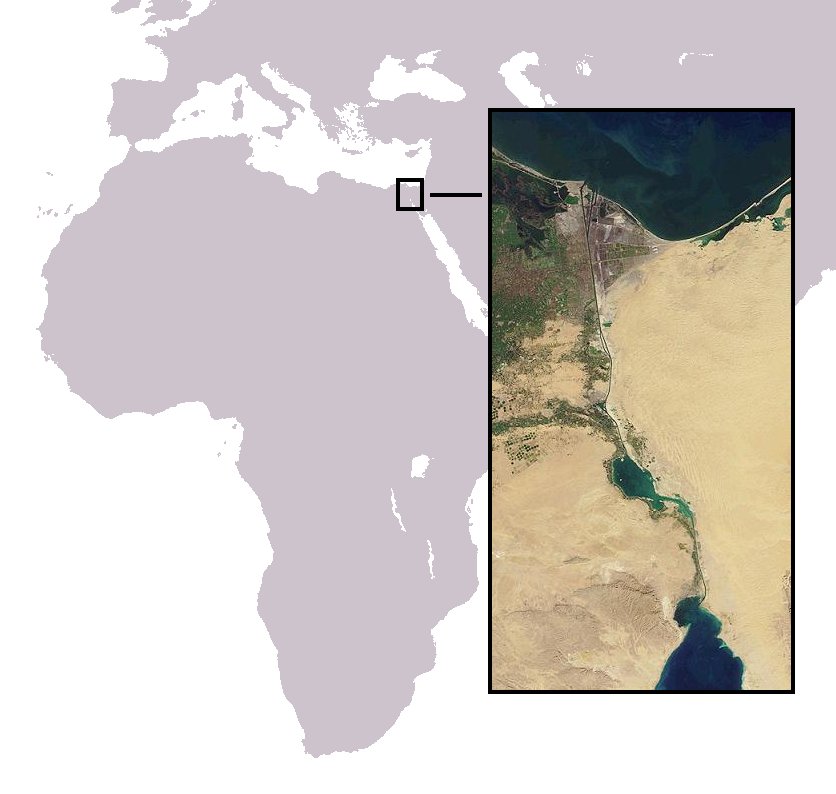|
Raphael Eitan
Rafael "Raful" Eitan (; 11 January 1929 – 23 November 2004) was an Israeli general, former Chief of Staff of the Israel Defense Forces (Ramatkal) and later a politician, a Knesset member, and government minister. Early life Rafael Eitan was born Rafael Kaminsky in the moshav of Tel Adashim near Nazareth in 1929, to Eliyahu and Miriam Eitan, Ukrainian Jewish immigrants to Palestine. His father was one of the founders of the Jewish defense organization Hashomer. Rafael was raised in the community of Tel Adashim. Zvi Nishri (Orloff), a pioneer in modern physical education in Israel, was his uncle. Late in life he reportedly said that he was descended from a Subbotnik family that had served as guards to the tsar.Lawrence Joffe’ Lieut-Gen Rafael Eitan,’The Guardian 25 November 2004 'Eitan revealed that his mother was a member of the Christian Subotnik sect, and a descendant of the Russian tsar's bodyguards. Thus the Jewish ultranationalist, according to Rabbinic law, might no ... [...More Info...] [...Related Items...] OR: [Wikipedia] [Google] [Baidu] |
Tel Adashim
Tel Adashim () is a moshav in northern Israel. Located between Nazareth and Afula, it falls under the jurisdiction of Jezreel Valley Regional Council.Tel Adashim Moshavim of Israel In it had a population of . History Arab and Jewish villages Jewish settlement began in the area in 1913 when established Tel Adash, a settlement whose purpose was to protect the oil pipeline from to . By 1918, only two families remained.[...More Info...] [...Related Items...] OR: [Wikipedia] [Google] [Baidu] |
Paratroopers Brigade
The 35th Paratroopers Brigade (, ''Hativat HaTzanhanim'') is an Israeli military airborne infantry brigade. It is a selective unit, which accepts new recruits following physical tryouts and interviews, and consists of volunteers. It forms a major part of the Israeli Ground Forces' Infantry Corps, and has a history of carrying out special operations from the 1950s onwards. Soldiers of the brigade wear maroon berets with the Infantry Corps pin and russet boots. As part of an Israel Defense Forces (IDF) tradition unique to the brigade, its soldiers wear a tunic and belt over their shirts. The IDF maintains four reserve paratrooper brigades, currently the 55th, 226th, and 646th, at all times, whose enlisted personnel consist of reservists that have already completed their compulsory military service in the 35th Brigade. History In 1949 Chaim Laskov asked Machalnik Captain Tom Derek Bowden to create a paratroop school. He did so, writing a training manual with the he ... [...More Info...] [...Related Items...] OR: [Wikipedia] [Google] [Baidu] |
Legion Of Merit
The Legion of Merit (LOM) is a Awards and decorations of the United States military, military award of the United States Armed Forces that is given for exceptionally meritorious conduct in the performance of outstanding services and achievements. The decoration is issued to members of the eight uniformed services of the United States Note: National Oceanic and Atmospheric Administration Commissioned Officer Corps Amendments Act of 2012 amended the Legion of Merit to be awarded to any uniformed service. as well as to military and political figures of foreign governments. The Legion of Merit (Commander degree) is one of only two United States military decorations to be issued as a neck order (the other being the Medal of Honor), and the only United States military decoration that may be issued in degrees (much like an Order (honour), ... [...More Info...] [...Related Items...] OR: [Wikipedia] [Google] [Baidu] |
Medal Of Courage
The Medal of Courage (, ''Itur HaOz'') is an Israeli military decoration. The medal is awarded for carrying out acts of gallantry at the risk of life, during combat duty. The medal was established in 1970 (though it has been given retroactively) by act of law in the Knesset. Design The medal was designed by Dan Reisinger, on the obverse there are six crossed swords and between them an olive branch. the reverse is the same. The medal is attached to a red ribbon symbolizing the fire and blood in battle. Officially, two time recipients of the medal wear a small clasp in the form of the medal on its ribbon. In practice, Rav Aluf Amnon Lipkin-Shahak (the only person to be awarded the medal twice whilst still alive) wore two ribbons. The medal is minted by the Israel Government Coins and Medals Corporation, is made of 25 gram silver/935 and the clasp is chrome plated metal. Recipients 220 awards have been made, the latest were in 2005 after a period of 23 years in which the ... [...More Info...] [...Related Items...] OR: [Wikipedia] [Google] [Baidu] |
1982 Lebanon War
The 1982 Lebanon War, also called the Second Israeli invasion of Lebanon, began on 6 June 1982, when Israel invaded southern Lebanon. The invasion followed a series of attacks and counter-attacks between the Palestine Liberation Organization (PLO) operating in southern Lebanon and the Israel Defense Forces, Israeli military, which had caused civilian casualties on both sides of the border. The Israeli military operation, codenamed Operation Peace for Galilee, was launched after gunmen from the Abu Nidal Organization attempted to assassinate Shlomo Argov, Israel's ambassador to the United Kingdom. Israeli Prime Minister Menachem Begin blamed the PLO, using the incident as a ''casus belli''. It was the second invasion of Lebanon by Israel, following the 1978 South Lebanon conflict. The Israelis sought to end Palestinian insurgency in South Lebanon, Palestinian attacks from Lebanon, destroy the Palestine Liberation Organization (PLO) in the country, and install a pro-Israel Leban ... [...More Info...] [...Related Items...] OR: [Wikipedia] [Google] [Baidu] |
Yom Kippur War
The Yom Kippur War, also known as the Ramadan War, the October War, the 1973 Arab–Israeli War, or the Fourth Arab–Israeli War, was fought from 6 to 25 October 1973 between Israel and a coalition of Arab world, Arab states led by Egypt and Syria. Most of the fighting occurred in the Sinai Peninsula and Golan Heights, territories Israeli-occupied territories, occupied by Israel in 1967. Some combat also took place in mainland Geography of Egypt, Egypt and Northern District (Israel), northern Israel. Egypt aimed to secure a foothold on the eastern bank of the Suez Canal and use it to negotiate the return of the Israeli occupation of the Sinai Peninsula, Sinai Peninsula. The war started on 6 October 1973, when the Arab coalition launched a surprise attack across their respective frontiers during the Jewish holy day of Yom Kippur, which coincided with the 10th day of Ramadan. The United States and Soviet Union engaged in massive resupply efforts for their allies (Israel and the A ... [...More Info...] [...Related Items...] OR: [Wikipedia] [Google] [Baidu] |
War Of Attrition
The War of Attrition (; ) involved fighting between Israel and Egypt, Jordan, the Palestine Liberation Organisation (PLO) and their allies from 1967 to 1970. Following the 1967 Six-Day War, no serious diplomatic efforts were made to resolve the issues at the heart of the Arab–Israeli conflict. The 1967 Arab League summit formulated in September the "Khartoum Resolution, three no's" policy, barring peace, International recognition of Israel, recognition, or negotiations with Israel. Egyptian President Gamal Abdel Nasser believed that only military initiative would compel Israel or the international community to facilitate a full Israeli withdrawal from Sinai Peninsula, Sinai, and hostilities soon resumed along the Suez Canal. These initially took the form of limited artillery duels and small-scale incursions into Sinai, but by 1969, the Egyptian Army judged itself prepared for larger-scale operations. On March 8, 1969, Nasser proclaimed the official launch of the War of Attri ... [...More Info...] [...Related Items...] OR: [Wikipedia] [Google] [Baidu] |
1968 Israeli Raid On Lebanon
The Operation Gift ('', mivtza t'shura'') was an Israeli Special Forces operation at the Beirut International Airport on the evening of 28 December 1968, in retaliation for the attack on the Israeli Airliner El Al Flight 253 two days earlier and the hijacking of El Al Flight 426 five months earlier, both by the Lebanon and Syria-based Popular Front for the Liberation of Palestine (PFLP). The commandos from the Israeli Defence Forces elite Sayeret Matkal destroyed 12 passenger airplanesreferences differ; less reliable reports quote a total of 13 aircraft belonging to Middle East Airlines (MEA) and Lebanese International Airways (LIA) and two cargo planes belonging to Trans Mediterranean Airways (TMA). There were no casualties reported in the raid. Operation At 20:37 on 28 December 1968, eight Israeli Air Force Super Frelon helicopters and eight Bell helicopters took off from Ramat David Airbase for Lebanon. Six of the Super Frelon helicopters carried the attack force, wh ... [...More Info...] [...Related Items...] OR: [Wikipedia] [Google] [Baidu] |
Six Day War
The Six-Day War, also known as the June War, 1967 Arab–Israeli War or Third Arab–Israeli War, was fought between Israel and a coalition of Arab states, primarily Egypt, Syria, and Jordan from 5 to 10June 1967. Military hostilities broke out amid poor relations between Israel and its Arab neighbors, which had been observing the 1949 Armistice Agreements signed at the end of the First Arab–Israeli War. In 1956, regional tensions over the Straits of Tiran (giving access to Eilat, a port on the southeast tip of Israel) escalated in what became known as the Suez Crisis, when Israel invaded Egypt over the Egyptian closure of maritime passageways to Israeli shipping, ultimately resulting in the re-opening of the Straits of Tiran to Israel as well as the deployment of the United Nations Emergency Force (UNEF) along the Egypt–Israel border. In the months prior to the outbreak of the Six-Day War in June 1967, tensions again became dangerously heightened: Israel reiterated ... [...More Info...] [...Related Items...] OR: [Wikipedia] [Google] [Baidu] |
Suez Crisis
The Suez Crisis, also known as the Second Arab–Israeli War, the Tripartite Aggression in the Arab world and the Sinai War in Israel, was a British–French–Israeli invasion of Egypt in 1956. Israel invaded on 29 October, having done so with the primary objective of re-opening the Straits of Tiran and the Gulf of Aqaba as the recent tightening of the eight-year-long Egyptian blockade further prevented Israeli passage. After issuing a joint ultimatum for a ceasefire, the United Kingdom and France joined the Israelis on 5 November, seeking to depose Egyptian president Gamal Abdel Nasser and regain control of the Suez Canal, which Nasser had earlier nationalised by transferring administrative control from the foreign-owned Suez Canal Company to Egypt's new government-owned Suez Canal Authority. Shortly after the invasion began, the three countries came under heavy political pressure from both the United States and the Soviet Union, as well as from the United Nations, even ... [...More Info...] [...Related Items...] OR: [Wikipedia] [Google] [Baidu] |
1948 Arab–Israeli War
The 1948 Arab–Israeli War, also known as the First Arab–Israeli War, followed the 1947–1948 civil war in Mandatory Palestine, civil war in Mandatory Palestine as the second and final stage of the 1948 Palestine war. The civil war became a war of separate states with the Israeli Declaration of Independence on 14 May 1948, the end of the British Mandate for Palestine at midnight, and the entry of a Arab League, military coalition of Arab states into the territory of Mandatory Palestine the following morning. The war formally ended with the 1949 Armistice Agreements which established the Green Line (Israel), Green Line. Since the 1917 Balfour Declaration and the 1920 creation of the British Mandate of Palestine, and in the context of Zionism and the Aliyah, mass migration of European Jews to Palestine, there had been Intercommunal conflict in Mandatory Palestine, tension and conflict between Arabs, Jews, and the British in Palestine. The conflict escalated into a civil war ... [...More Info...] [...Related Items...] OR: [Wikipedia] [Google] [Baidu] |
Deputy Chief Of General Staff (IDF)
The Deputy Chief of General Staff is the second to the Chief of the General Staff (Israel), Chief of General Staff of the Israel Defense Forces. The Deputy chief of Staff is an officer with the rank of Major General (Aluf). The current Deputy Chief of Staff is Major General (Aluf) Tamir Yadai. History The position of Deputy Chief of Staff was not continuously filled. Until 1999, Deputy Chiefs of Staff served as the Commanders of the Operations Directorate, General Staff Directorate simultaneously, With the exception of Haim Bar-Lev who held office on the eve of and during the Six Day War and Israel Tal who held office after the Yom Kippur War. In 1999, the Operations Directorate was established and the positions were officially separated, Since then, it is common to see the Deputy Chief of Staff as the person in charge of the IDF force building, Procurement, development, equipping and maintenance of weapons, Planning, recruitment and training of personnel and maintaining their ... [...More Info...] [...Related Items...] OR: [Wikipedia] [Google] [Baidu] |



